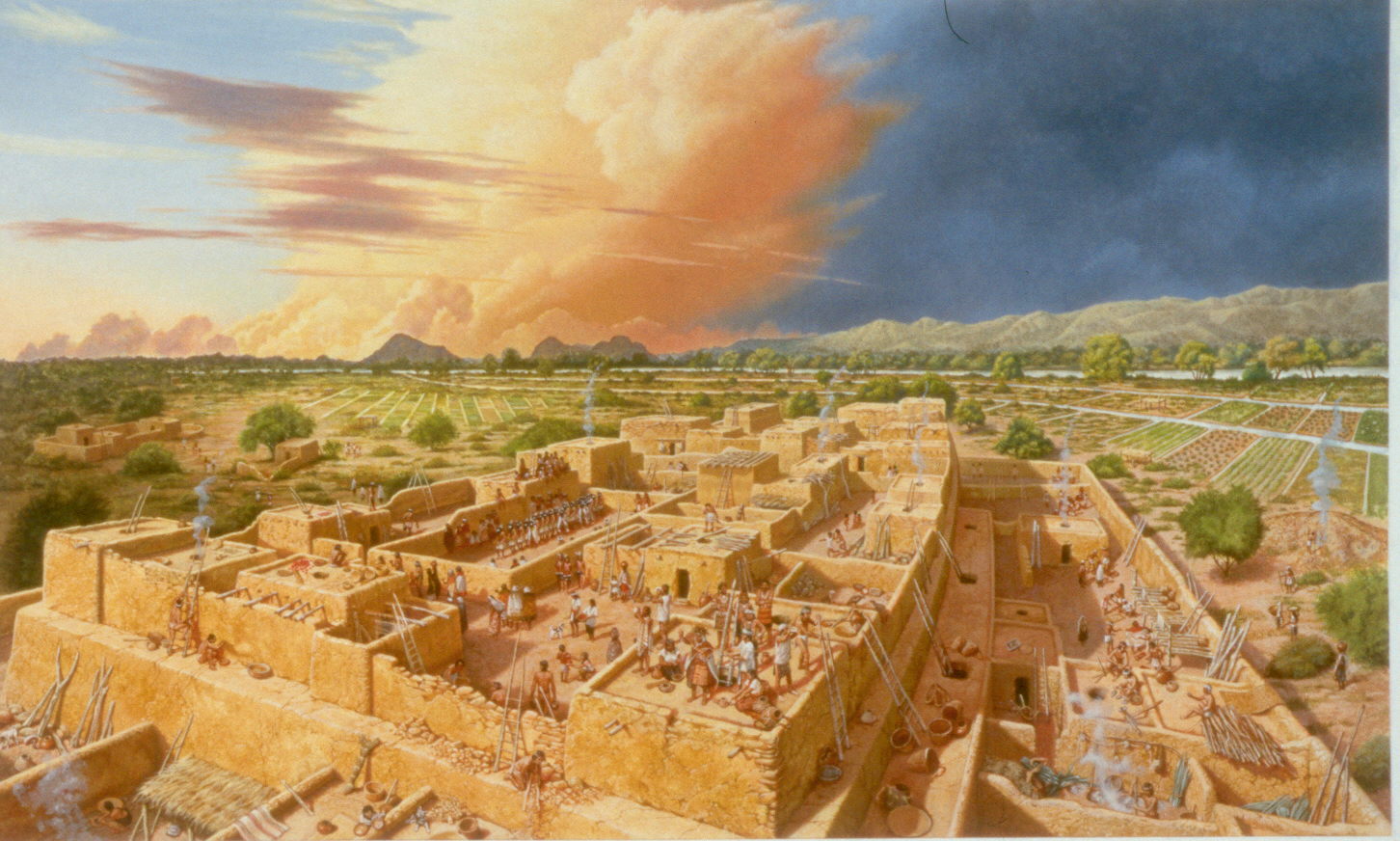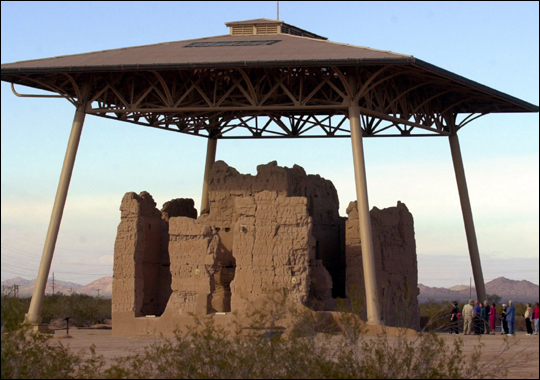

Moreover, through a vast array of human-made waterways, otherwise disunified subcultural ‘villages’ were integrated into a highly complex agricultural based society (Abbott 2000: 143 Abbott et al.

AD 1150-1450), the Hohokam hydraulic system was the largest of the day and provided water (and consequently food) to tens of thousands of rural inhabitants, rivaling the excellence of the ancient Roman aqueducts - an urban engineering marvel (Medchill 2012, m. 2009: 320 See also Smith 2004: 23-93).Ĭenter to Hohokam culture was their technologically sophisticated canal engineering which was utilized to irrigate numerous sub-communities (Abbott 2000: 48). Nonetheless, the Hohokam were a productive and expansive culture, whose innovations influenced subsequent Native American and post-Columbian generations (Browman et al. Interestingly, the Hohokam or ‘those who have gone before’ are not as well known as some of their contemporaries, such as the Pueblo III era Anasazi, the Aztecs and the late-Classic/Postclassic Maya (Justice 2002: 275 Milner 2009: 680 Webster and Evans 2009: 596).

During the High Middle Ages, whilst Western Europe was still coping with the sociopolitical disorder and economic decline which had engulfed the continent since the fall of Rome, the Hohokam of the North American Southwest were reaching their pinnacle of economic prosperity and social organization (Brown 1988: 1-61 Smith 2004: 14).


 0 kommentar(er)
0 kommentar(er)
